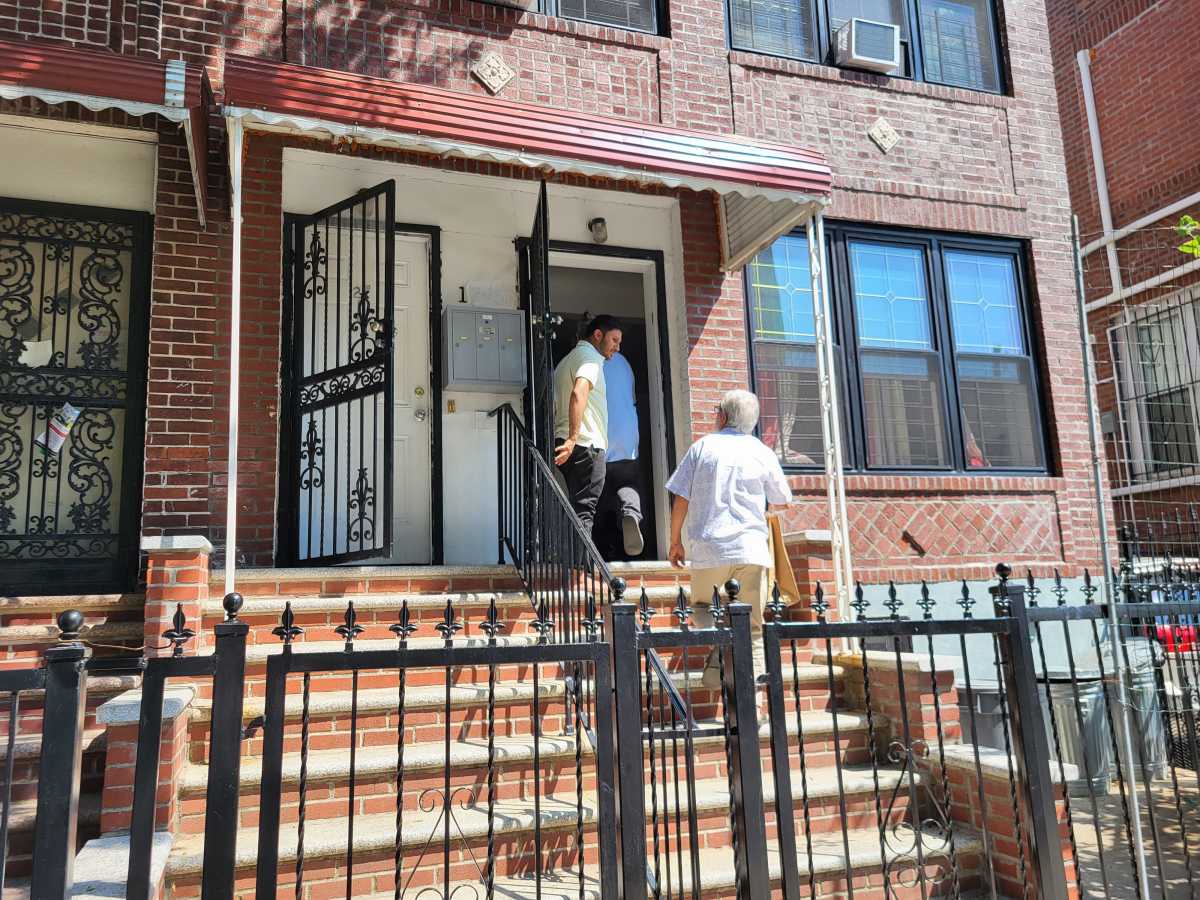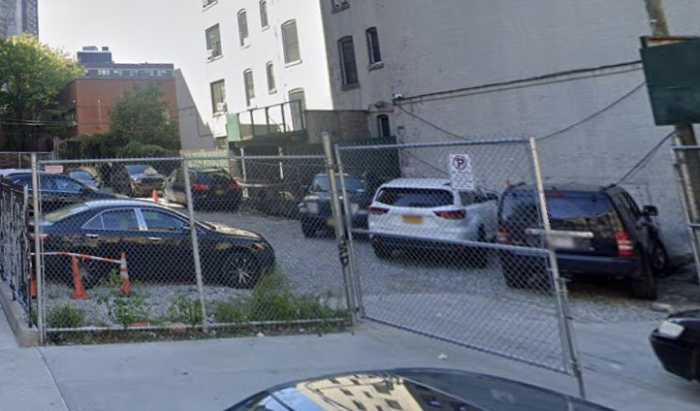As the sports world focuses on the Belmont Stakes at Saratoga Race Course this weekend, the work on the $450 million new Belmont Park is “moving like a tremendous machine.”
Just a year ago, in April 2024, Belmont Park was a shell of its former self. Heavy machinery was tearing down the more than 50-year-old, massive, quarter-mile grandstand and clubhouse. The turf courses and 1 1/2-mile dirt track known as “Big Sandy,” a course that saw 13 Triple Crown winners achieve immortality in the Belmont Stakes, were also reduced to degree zero. The mecca of thoroughbred racing looked unrecognizable to any racing fan.
Fast forward to a murky late May morning, however, and the shell of the new Belmont Park is taking shape as crews continue rebuilding the 120-year-old institution virtually from scratch. A smaller but taller grandstand is on the rise, with crews laboring to put the framework together for what will become the most modern racing venue in America — one that will be showcased to the world when the Breeders’ Cup World Championships take place there in 2027.
The racing surfaces are also starting to come together again, with the rails going up for the turf courses and part of the main track. Also taking shape is a new, mile-long synthetic oval within the turf courses that will enable Belmont to host racing all year long, except for the standard summer meet at Saratoga.

amNewYork got a first-hand look at the ongoing reconstruction of Belmont Park during a May 29 guided tour with members of the New York Racing Association (NYRA), which is spearheading the project and operates racing at Aqueduct Racetrack in Queens, Belmont Park on the Queens/Nassau border, and upstate Saratoga.
NYRA Chief Executive Officer David O’Rourke, Vice President of Grounds and Operations Glen Kozak, and Vice President of Communications Patrick McKenna led our tour.

The new Belmont Park grandstand promises to be what its predecessor was not: Smaller, more intimate, greener and modern to fit the needs of the horse racing world in the 21st century.
Whereas the former Belmont grandstand stood four stories tall at a quarter-mile wide, this new building is about half its size in width and will stand five stories high upon completion. The glass-and-concrete structure will accommodate up to 9,000 fans, roughly a quarter of the former building’s capacity, with luxury amenities and suites available on the upper floors.

O’Rourke said the new-and-improved building will give the venue “personality” regardless of the season or event, providing “an awesome experience where nature blends with sport.”
“We’re bringing the park back into this. It’s gonna have a big event day personality. It’s going to have a weekday with nice weather personality,” he said. “It’s built now where it’s winterized, so in the winter when you have some inclement weather, it’s gonna be warm and dry.”

The latter point is particularly critical to fulfill NYRA’s vision of consolidating its downstate operations, which prior to the reconstruction project, were split between Aqueduct and Belmont Park — both of which are roughly eight miles apart. When the new Belmont is completed, all of NYRA’s racing outside of the summer at Saratoga meet will be brought to Belmont Park — with the winter racing typically held at Aqueduct run over the new all-weather synthetic course on the infield.
O’Rourke noted that while Saratoga is in session, the new Belmont Park will be perfectly equipped to handle concerts and other events during its offseason.
“We envision quite a few activities going on here,” he said.

As O’Rourke pointed out, the new design of the Belmont Park campus emphasizes the “park” in the venue’s name. The project includes a new five-acre park on the western side of the building that will include temporary seating and other facilities for big events such as the Belmont Stakes Racing Festival and the Breeders Cup.
Approximately 20 acres of infield space is also being made accessible to the public for the first time in Belmont Park’s 120-year history — connected to the new grandstand and other parts of the area through a network of tunnels built as part of the project.
The Belmont Stakes has typically drawn upwards of 100,000 people when a Triple Crown sweep is on the line, and O’Rourke said the ample open space will allow NYRA to accommodate such a large attendance in the future.
Then there are the racing courses, which, while fully renovated, will be largely similar to what existed previously. Kozak explained that Belmont Park’s main track will remain 1 1/2 miles with a clay base to provide a safe racing surface during spring, summer, and fall. It was also reported that the 1 1/4-mile clubhouse turn chute, typically used for the Breeders’ Cup Classic, has also been modified for more even running.

The turf courses have been modified and reduced slightly in length to provide multiple racing lanes, boosting the number of grass races at a variety of distances.
“The two turf courses are now a mile and an eighth and a mile and a quarter, so we gained five new running lanes,” he said. “And then all new infrastructure on everything” — including new drainage, sprinkler and irrigation systems.
As for when the new Belmont Park will open, NYRA officials said the timetable remains on schedule for the fall of 2026. That likely means the 2026 Belmont Stakes may be run at Saratoga one more time next June — although officials had previously floated the idea of running the big race back at Belmont next spring with temporary facilities created.
For now, though, the future of thoroughbred racing in New York continues to take shape at Belmont one piece at a time.
































